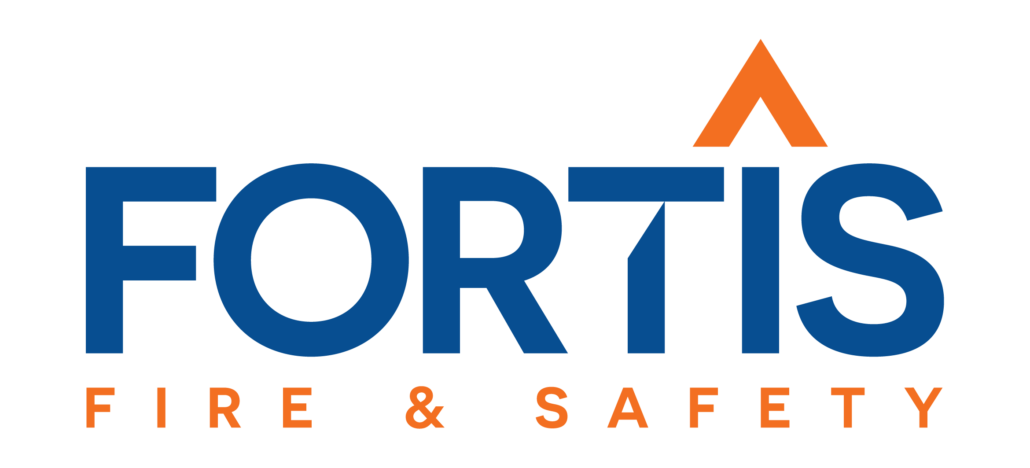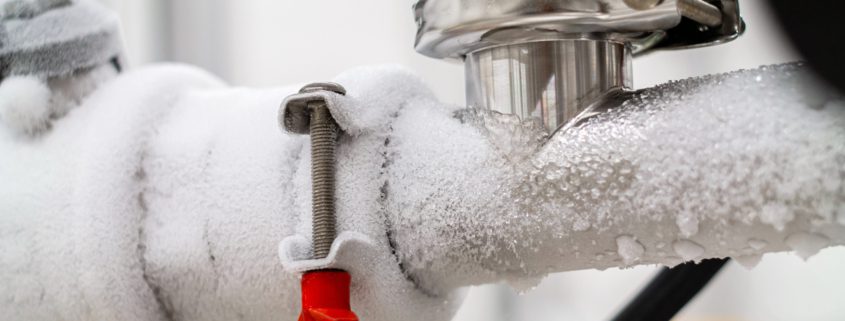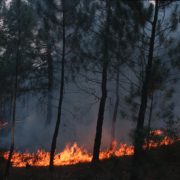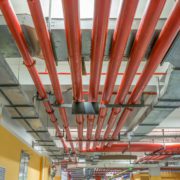How to Prevent Your Fire Protection System From Freezing
In light of the recent extreme winter conditions experienced in various regions, such as the well-known case in Texas, where unprecedented freezing temperatures caused widespread power outages and pipe bursts, it is crucial to safeguard your fire protection system against such risks. This article provides essential guidelines to effectively prepare your fire protection system for winter, mitigating the chances of freezing and subsequent damage.
Maintaining Your Fire Protection System:
To ensure the optimal functioning of your fire protection system, regular inspections and maintenance activities are imperative. The specific requirements may differ based on whether your system is a wet or dry fire sprinkler system. These measures will significantly reduce the vulnerability of your building to winter storms.
Wet Fire Sprinkler System:
Wet fire sprinkler systems are designed to operate in areas where temperatures remain above 50°F. However, during freezing conditions, there is a notable risk of system freezing and subsequent malfunctions. While these incidents are rare, as observed during the Texas freeze, they can occur unexpectedly.
In commercial buildings, certain spaces such as maintenance closets and equipment rooms may have insufficient heat regulation. Therefore, it is crucial to ensure adequate warm air circulation by keeping vents open and doors unobstructed. Additionally, insulating the sprinkler system pipes in areas without heat is vital to prevent freezing and potential bursts. Key areas where wet systems are susceptible to freezing include skylights, under floors, entryways, and stairwells.
Dry Fire Sprinkler System:
Even though a dry fire sprinkler system operates without water in normal circumstances, condensation can accumulate over time. During winter freezes, this moisture can lead to burst pipes, particularly in areas lacking heat regulation. Consequently, regular inspection by a fire protection specialist to drain the low points of your dry system is essential to prevent freezing.
Antifreeze Loop:
For buildings with sprinkler systems running from a heated to an unheated structure, the implementation of antifreeze loops provides an effective solution. By lowering the freezing point of water, antifreeze ensures that the water remains in a liquid state, significantly reducing the risk of pipe bursts. Monitoring antifreeze levels through regular maintenance during winter is vital to preserve the integrity of your sprinkler system.
Backup Generator:
Considering the potential impact of power outages or weather-related damage to your building, it is advisable to invest in a backup generator. A commercial backup generator can provide essential power backup, ensuring continuous heating of your building and preventing further damage to your fire safety systems.
Final Notes
By actively inspecting and maintaining your wet and dry sprinkler systems, you can effectively prepare for any emergency situation that may arise. Protecting your fire protection system from freezing during winter through regular maintenance, the implementation of antifreeze loops, and considering a backup generator will safeguard your property and occupants. For further insights into various types of sprinkler systems, such as Deluge vs. pre-action systems, refer to our comprehensive article available here.
Learn More About Fortis
At Fortis, we provide cutting-edge expertise in fire protection planning, design, and construction. We understand the challenges that modern facilities face and utilize our experience to find efficient and cost-effective solutions. From initial planning to acceptance testing and beyond, we offer a comprehensive suite of services.
We utilize the latest in computer-automated design to map out your system so we know the exact specifications before we even set foot on your job site. No need for drawings, we can map your facility and create blueprints from scratch.
We facilitate BIM coordination for new construction projects. We work with your BIM coordinator to load in our plans to avoid structural conflicts before they happen.
Additionally, all of our designers are NICET certified in their respective fields.
Learn more about our fire protection services, here.

